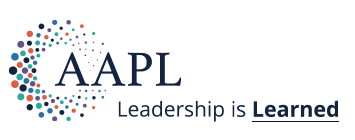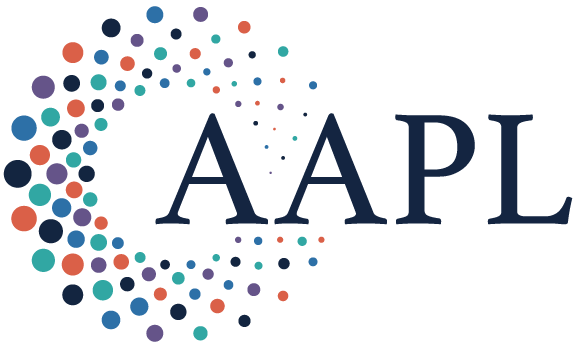Comprehension is a critical aspect of healthcare. Doctors’ use of plain language facilitates patients’ understanding of their diagnoses and treatment. But the use of plain language comes with a price: It incorporates imprecise medical terminology that may alter the meaning of the message.
The year was 1980. I was a first-year resident working on a psychiatric inpatient unit in Philadelphia, the City of Brotherly Love. A family had just dropped off a psychotic patient who spoke only Greek. How did we know she was psychotic? The family reported the patient had been acting bizarrely and was responding to hallucinations. However, they left before I could obtain a complete history. We did not have Greek translators on staff, so I did the next best thing: I ran outside to the corner hot dog vendor and enlisted his services (countless pushcart vendors in Philadelphia are Greek). He confirmed the patient had “strange ideas” and was “crazy” even by his standards. Mind you, this was before HIPAA was enacted, and we were fast and loose with privacy issues.
In my era, it was common to depend on family members or family friends for translation. However, very few relatives had the knowledge to translate medical terminology. Who knows what may have been missed in the examination or delivery of instructions? Unless a close family member or invited friend was a medical professional, a medical translator was necessary.
Fast forward to today. Federal law requires that any organization receiving federal financial assistance, including Medicare, Medicaid, and federal reimbursements, must provide equal care to every patient. This includes serving customers who don’t speak English, have low proficiency, or are hearing impaired. Without translation, patients would not be able to understand the most basic elements of treatment, including their diagnoses, medication effects, referrals, and follow-up appointments. Conveying medical information to non–English-speaking patients without proper translation has been associated with medical errors and poor outcomes. Given that more than 25 million people in the United States have limited comfort with English as their primary language, the language and culture of minorities in healthcare settings need to be prioritized and addressed in order to reduce disparities.
However, translators vary in their ability to translate — not just the words, but the real meaning of the medical communication. Even with the best translators, doctors seldom are fully satisfied with the quality of the communication when seeing patients who do not speak English. And vice versa, patients often are unhappy when they are left to digest a very large volume of information received second-hand in a short time span, putting them at risk of being ill-informed regarding care processes.
My experience on the inpatient psych unit presaged problems I encountered in the pharmaceutical industry. I oversaw the translation of a drug’s FDA-approved “label” from English to Spanish. It was a labor-intensive task, involving an outside translator and an internal team consisting of myself, a lawyer, a regulatory specialist, a registered pharmacist, and a marketing team representative. With everyone’s input, the label was translated from English to Spanish. Then, a second translator not involved in the original work translated the label from Spanish to English — the so-called “back translation.” The original label in English was compared word-for-word with the English version generated through the back translation. The concordance was around 85%, far from perfect, but not unexpected because of the natural differences between languages.
The medical translators faced several challenges. Some of these included dealing with unique medical terminology, equivalence of medical words and phrases, and certain characteristics of the English language causing variations in semantics and syntax, as well as other nuances and idiosyncrasies. Because the drug label ostensibly is written for prescribers rather than patients, its translation is considered an expert-to-expert communication in which accuracy is generally easier to achieve compared with a medical translation between an expert and lay reader.
The latter communication, such as between a doctor and patient or drug or medical device manufacturer and consumer, necessarily entails the use of less complex and precise language. Scientific and medical communication must be “dumbed down” for consumers for easy readability and comprehension. As a result, fact sheets, informed consent forms for clinical trials, and various types of consumer advertising can become biased or misleading because precision and accuracy are sacrificed for understanding.
Toward the end of my pharmaceutical career, I developed a special expertise reviewing advertising and promotion for the public. My job was to ensure that the drug information was truthful, balanced, and accurately communicated. But how do you communicate technical terms, complex clinical data, genetic concepts, and cryptic yet potentially lethal side effects to consumers without losing some accuracy? Can the information be broken down so that an eighth-grade student could comprehend it, which is the level typically recommended for materials intended for the general public? It can’t!
The main purpose of advertising drugs to consumers is to sell a product; it is not to empower patients or educate the public. Not only does the language of drug ads make that clear, so does the tone: branded drug ads are increasingly using popular rock songs to accompany their treatment messages. The feel-good vibe is a powerful way to aid drug name recall and reach aging baby boomers and other target audiences. The fact that television commercials are able to stuff so much music and verbiage (including subtitles) into a 60-second spot makes comprehension of the advertisement very difficult. The music alone interferes with comprehension and detracts from the medications’ side effects and risks.
Studies have shown there are clear advantages to direct-to-consumer drug advertising. But as with clinical care, much of the advertising has been lost in translation.
Excerpted from Every Story Counts: Exploring Contemporary Practice Through Narrative Medicine, by Arthur Lazarus, MD, MBA, CPE (American Association for Physician Leadership, 2023).

